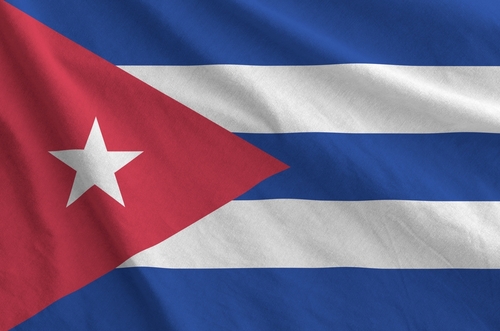On January 1st, while much of the world is recovering from New Year’s Eve festivities, Cubans prepare for a different, deeply significant celebration: Liberation Day. This national holiday marks a pivotal moment in the country’s history, representing revolution, change, and national pride.
Whether you’re of Cuban heritage, a traveler interested in the island’s culture, or simply curious about global traditions, understanding Liberation Day offers a window into the heart of modern Cuba. Let’s explore the history, customs, and spirit of this important day.
History and Origins of Liberation Day
Cuban Liberation Day, or Día de la Liberación, commemorates the victory of the revolution led by Fidel Castro. On January 1, 1959, the authoritarian ruler Fulgencio Batista fled Cuba, and Castro’s forces claimed victory. This event concluded the Cuban Revolution, a conflict that had lasted for years, and marked the beginning of a new socialist government in Cuba.
The day is not just a celebration of a military victory but a symbol of national sovereignty and the establishment of a new political and social order. For many Cubans, it represents the end of foreign influence and the start of an era defined by the revolution’s ideals.
How Cubans Celebrate Liberation Day Today
Liberation Day is a public holiday in Cuba filled with both official ceremonies and personal family traditions. The atmosphere is festive and patriotic, blending solemn remembrance with joyful celebration.
Food and Feasts
Food is central to any Cuban celebration, and Liberation Day is no exception. Families and friends gather for large meals that often feature traditional Cuban dishes. A classic centerpiece is roast pork (lechón asado), slow-cooked until the meat is tender and the skin is crispy. This is typically served with sides like arroz congrí (rice and black beans cooked together), yuca con mojo (cassava with a garlic and citrus sauce), and fried plantains (tostones).
Music and Festivities
Music and dancing are the lifeblood of Cuban culture. On Liberation Day, the streets often come alive with the sounds of salsa, son, and rumba. In cities and towns, free concerts, parades, and community events are common. People gather in public squares to dance, socialize, and enjoy the festive spirit. Military parades, particularly in Havana’s Plaza de la Revolución, are also a key part of the official state celebrations, showcasing the country’s armed forces.
Family and Community Traditions
At its heart, Liberation Day is a time for family. Many Cubans use the day off to relax, visit relatives, and share stories. For older generations who lived through the revolution, it is a day of reflection and remembrance. For younger Cubans, it is a day of national pride and celebration.
Among the Cuban diaspora around the world, the day is observed in various ways. Some participate in cultural events that celebrate Cuban heritage, while for others, the day holds complex and different meanings related to their own family histories and experiences.
Evolving Trends in the Celebration
In recent years, while the official state-sponsored events remain prominent, there’s a growing blend of traditional celebration with modern customs. With the rise of social media, younger Cubans and those in the diaspora share their family gatherings and festive moments online, creating a digital sense of community. This allows for a global sharing of Cuban culture and traditions, connecting people across borders on this significant day.
Frequently Asked Questions (FAQs)
How is Liberation Day celebrated in Cuba?
Liberation Day is celebrated with a mix of official and informal events. There are military parades, political speeches, and state-organized concerts. At the community level, Cubans celebrate with family feasts, music, dancing, and local street parties. It is a public holiday, so most people have the day off to spend with loved ones.
What foods are traditionally eaten on Liberation Day?
The traditional meal for Liberation Day often includes slow-roasted pork (lechón asado). This is typically served with classic Cuban side dishes like rice and beans (arroz congrí), fried plantains (tostones), and cassava with garlic sauce (yuca con mojo). Desserts like flan or arroz con leche (rice pudding) are also popular.
Is Liberation Day the same as Cuban Independence Day?
No, they are two different holidays. Liberation Day on January 1st celebrates the 1959 revolutionary victory. Cuban Independence Day is officially celebrated on May 20th, marking the day in 1902 when Cuba became formally independent from the United States. Another important date, October 10th, commemorates the start of the Ten Years’ War in 1868, Cuba’s first major fight for independence from Spain.
Are there fireworks on Cuban Liberation Day?
Yes, fireworks are a common feature of the celebrations, especially in larger cities like Havana. They add to the festive atmosphere of the evening and are enjoyed by people of all ages.
